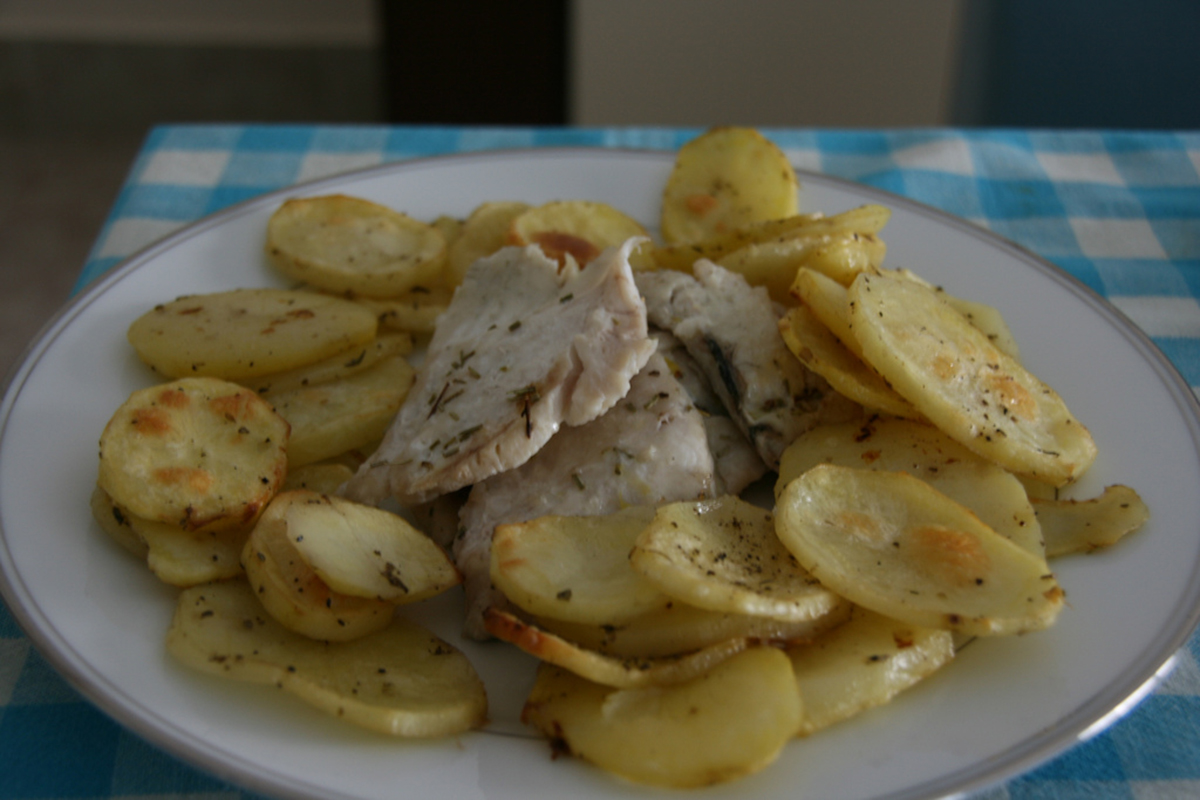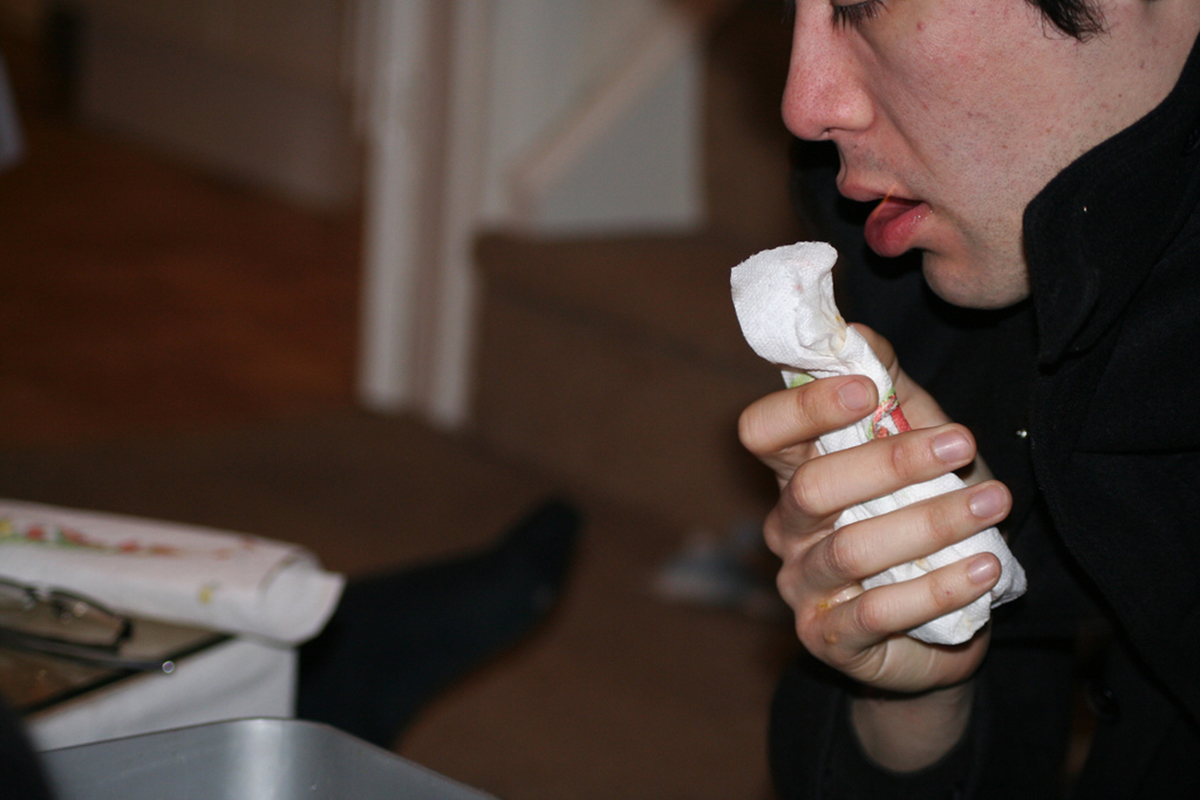Trey and Sally had left their wedding reception directly for the airport for a dream vacation in the Bahamas. Their sey had snorkeled and sunbathed all morning, and for lunch they had a delicious meal of exotic barracuda. A few hours later they became violently ill. They experienced vomiting and diarrhea, and they had to make a trip to the emergency room that night to get treatment for dehydration. It was certainly a memorable day on their honeymoon.
What had gone wrong? It turned out that Trey and Sally had been poisoned by a tiny microorganism known as Gambierdiscus toxicus. This one-celled organism is a member of a group of marine microbes that sometimes make their own food with photosynthesis and sometimes hunt down other microbes hiding on seaweed or bleached coral. To another microbe, an encounter with Gambiercus is deadly. It is paralyzed and quickly gobbled down by the predator.

However, for many tiny fish that live in seaweeds or hide in bleached (dead) coral, Ganbiercus is lunch. They are predators of the predator microbe, at least until they are themselves eaten by larger fish, which are in turn eaten by larger fish. The toxin the microbe uses to kills its own prey is concentrated at each step of the food chain, so that it builds up to levels that can affect humans in barracuda, amberjack, snapper, parrotfish, triggerfish, moray eels, and grouper. All of these fish can accumulate toxic levels of the toxin ciguatera.
What Is Ciguatera?
Who Gets Ciguatera Poisoning?
What Are The Symptoms Of Ciguatera Poisoning, And What Can You Do If You Experience Them?

What Can You Do To Avoid Or Treat Ciguatera Poisoning?
- It's still OK to eat predator fish harvested in clean waters, where coral are healthy. However, if you don't know where your fish were caught, order something else. Avoid eating large reef fish, especially any snapper or moray eel weighing more than 3 kilos (about 6 pounds). The poison is concentrated in the head, roe, and "guts." Avoid them.
- Seek treatment as soon as you have symptoms. Sometimes taking activated charcoal in the first three to four hours after eating the fish absorbs the toxin. Don't do anything to encourage vomiting. If your reflexes are compromised, vomiting can lead to aspiration of vomit, making the condition work.
- Cool showers and antihistamines relieve itching. Your doctor may give you an old-style antidepressant known as amitriptylline (Elavil) for both itching and nerve pain.
- Losing too much fluid can cause heart failture. If you are unable to keep liquids down, you must get medical treatment. Waiting overnight to see the doctor is too long. Get IV fluid replacement as soon as possible if you are vomiting or you have severe diarrhea.
- Once you get over the most severe symptoms of ciguatera poisoning, you need to avoid fish, shellfish, dairy products, nuts, and nut oils for several weeks to avoid a relapse of your symptoms.
- Breastfeeding mothers can transmit the toxin to their infants through breast milk.
- Home test kits for ciguatera toxin are available, but they are not reliable.
- Friedman MA et al. Ciguatera Fish Poisoning: Treatment, Prevention, and Management. Mar Drugs. 2008 September. 63:456-479.
- Photo courtesy of Marco Zanferrari via Flickr: www.flickr.com/photos/tuttotutto/3497623155
- Photo courtesy of zenilorac via Flickr: www.flickr.com/photos/zenilorac/2114822861


Your thoughts on this